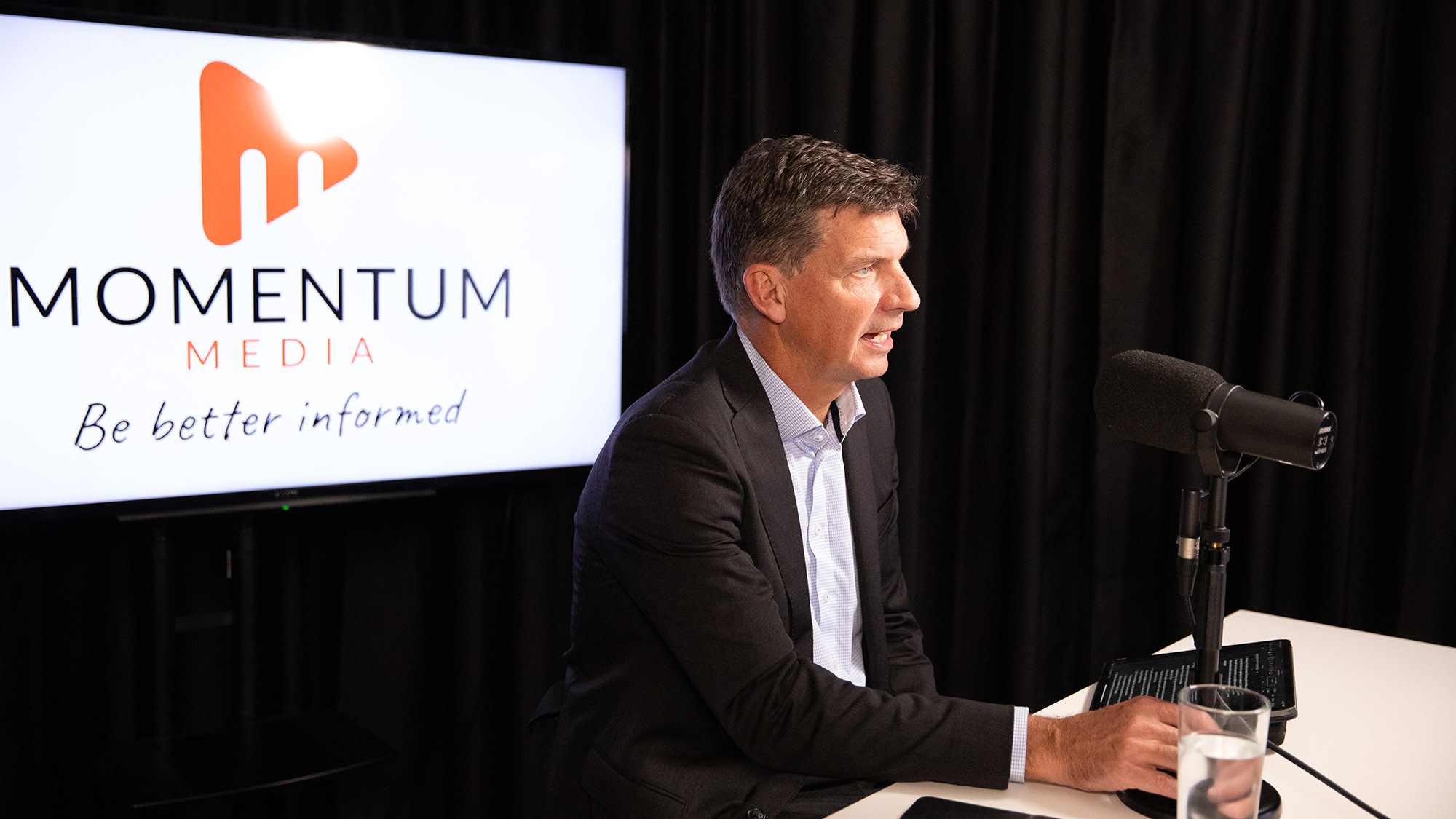Why investors should stick with fixed income


Nick Bishop presents the case for remaining invested in fixed income, but suggests that in order to benefit, investors will need to be far more selective in their bond allocation and investment strategy.
For the last 30 years fixed income investors have been well rewarded. Now, as money printing starts coming to an end in the US at least, some commentators are calling the end of this bond bull market.
Advisers are faced with a quandary – reduce their clients’ bond exposure and run the risk of unbalancing a diversified portfolio, or maintain allocations and suffer if fixed income falls.
It’s quite easy to paint a bearish picture for fixed income. There is an argument that, in the shorter term, bonds will suffer as global yields rise in response to stronger US growth and the consequent end of quantitative easing (QE).
We saw this in June 2013, when US Federal Reserve (Fed) Chairman Ben Bernanke reiterated that, should the US economy track the Fed’s forecasts, QE would be reduced and then removed.
Such was the change in market psyche that, unusually, developed market and emerging market equities and non-government bonds all sold off heavily, and so did government bonds.
It is rare for so many major asset classes to fall simultaneously but, given the historically low level of yields globally, some investors were concerned enough to begin exiting traditional bond funds.
Since then the Federal Open Market Committee (FOMC) has started to reduce QE (initially by US$10 billion per month), but global yields have not risen significantly. Instead markets took this in their stride, indicating that this was already priced into market expectations.
Those who feel most negatively about the prospects for bonds expect yields to rise in the coming quarters, or even years. Such fear arguably ignores the growth-dampening effect of higher financing costs for an economy, especially one as reliant on credit as the US.
I think it is wrong for investors to forget the insurance-like properties that fixed income can provide against negative equity returns.
Bonds play an important role in diversified portfolios, providing consistent, regular income payments and defensive qualities.
As the Chart 1 shows, in the last decade or so there have been three periods where fixed income’s insurance-like property has really come to the fore:
{^image|(width)620|(height)356|(mouseoverheight)552|(url)~/getmedia/119fdabc-01f8-42a9-b665-bfb774327dc0/p23-c1-MM_3001_023.aspx?width=620&height=356|(align)middle|(behavior)hover|(ext).jpg|(originalheight)552|(hspace)5|(mouseoverwidth)960|(vspace)5|(originalwidth)960|(sizetourl)True^}
In 2002, following the bursting of the internet bubble and corporate governance scandals, the Australian stock market fell and Australian bonds rose around 10 per cent.
In 2008, as the GFC began, Australian stocks fell 38 per cent over the year. While the RBA cut the cash rate from 7.25 per cent to 3 per cent in response, Australian fixed income returned 15 per cent.
Most recently, the 2011 sovereign debt crisis – as Australian shares plummeted (and yields on much European government debt soared) Australian fixed income returned around 11 per cent.
Why is Australian fixed income in particular able to provide insurance-like properties against episodes of sharp, negative returns from equities? There are two primary reasons. The first is the higher yields compared to overseas developed markets, which simply leaves more room for them to fall.
For example, Australian 10-year government bonds currently yield just under 4.1 per cent – attractive when compared with the equivalent in the US at 2.8 per cent, Germany at 1.8 per cent and Japan at an amazingly low 0.7 per cent.
The second related reason is the firepower the RBA possesses in terms of scope to reduce the cash rate much further from 2.5 per cent if it sees fit.
Unlike the US, UK, Japan or Europe, non-conventional monetary policy measures have not been used by the RBA. Official interest rates have not come close to the zero boundary, meaning in theory the RBA could make 10 further rate cuts before reaching zero.
In the current volatile environment it is easy to envisage another shock that sends equity markets tumbling and fixed income markets higher, so for the majority of super fund investors, with a clear growth bias to their assets (ie, large equity exposures), it is important to have some downside protection in the form of fixed income.
But as well as the insurance element fixed income can provide, there are also some other scenarios that could play out in which bonds could perform well:
Interest rates don’t rise because economic growth isn’t strong enough: Australian growth is soft and the recovery in the US is the weakest on record.
Much of the Western world has a cash rate below 1 per cent. If cash rates don’t rise, an Australian government bond paying over 4 per cent offers an attractive return.
Inflation remains subdued: Despite widely-held fears, inflation has not risen as a result of money printing. It could be argued that parts of the developed world currently suffer from insufficient inflation, rather than the converse, and there have recently been fears over deflation in the US and Europe.
QE proves difficult to remove: Although the FOMC has started to taper QE it has much further to go, with uncertain consequences.
It is conceivable that the higher mortgage rates today compared to mid-2013 snuff out the housing and consumer-led recovery.
This could mean falling growth and a reversal of the rising yield trend. Unless growth prospects improve significantly, QE is unlikely to end in the near future
Is there another way?
While I believe that, in the medium to long term, fixed income’s insurance policy is worth its current modest premium, I know that not everyone shares this view.
If you don’t currently believe in its insurance-like properties, or that any of the above scenarios will play out, but you still think that fixed income should play a part in a balanced portfolio, you may be wondering what to do.
I suggest it’s time to rethink your traditional fixed income strategy and consider one that can profit, regardless of the current position in the interest rate or credit cycle.
When considering an alternative approach, it is important to distinguish between the inherent properties of an asset class which determine how it performs in a certain environment (its ‘beta’), and the relative performance that a manager can generate within that asset class (manager ‘alpha’).
For example, fixed income generally performs well in a falling equity environment and it is up to the portfolio manager to add value (alpha), otherwise the investor only receives index returns.
In a rising bond yield environment it is harder to generate positive absolute returns from traditional fixed income, even for the best managers who are outperforming benchmarks.
The reference to benchmarks is key; when the bond asset class behaviour – ‘beta’ – is embedded in a performance benchmark, manager alpha serves only as an enhancement over this underlying asset class return.
An alternative is a strategy with no ‘pre-canned’ asset class beta present in a performance benchmark, leaving manager alpha as the major determinant of total returns.
Such a strategy should be uncorrelated to bond or equity markets and designed to generate positive total returns regardless of whether bond yields are rising or falling, equities are going up or down, or whether credit markets are outperforming or under-performing government bonds.
The strategy is one that should navigate through the business cycle to generate positive returns.
Needless to say, this approach relies on the effective alpha-generating strategies of the manager, which should have been demonstrated historically through a clear, robust process and with a strong risk focus.
It is the ability to position a portfolio both long and short, around a neutral benchmark such as cash, which is crucial to generating positive returns.
Investors could benefit from both the tightening and widening of credit spreads across the credit cycle, and the rise and fall of interest rates across bull and bear markets.
In this changing economic landscape, diversification will be the key to negotiating bond markets in the coming years.
Investors need the flexibility to be able to invest in a range of fixed income products.
A flexible solution can ensure investors are not overexposed to domestic fixed income, or do not have an obligation to invest in the most indebted nations; indeed, a better way to profit may be to be actively short.
Derivatives can also be used to broaden the alpha opportunity set. They are an important risk management tool and can be more liquid than some of the underlying physical securities, as well as play a role in minimising transaction costs.
Challenges facing investors
In future investors are likely to face a lower return and less certain environment. Future returns are likely to be lower than historical returns across all major asset classes, not only in fixed income.
We need to be prepared for the fact that soon unconventional monetary policy is likely to end, as has already started in the US.
Many super funds will need to rethink their fixed income investment strategies.
For the last 30 years funds have generally been able to almost ‘set and forget’ their fixed income exposure, for example to allocate 30 per cent of their portfolios to fixed income and leave the allocation static.
This strategy required little management over the long term as bond prices steadily rose. Those days are over. Strategic investing will now be the key to generating returns, and this requires active asset allocation – not benchmark hugging.
Historically, in a portfolio where growth assets exist, there has almost always been a case for high quality fixed income to provide defence against equity volatility.
In the case of Australian fixed income at least, I strongly believe this remains the case.
But in future I think investors will need to be far more discerning in their choice of fixed income products in order to maximise the opportunity set.
A fixed income-basved strategy with a broad range of investments, including the ability to go actively short in interest rates, credit or inflation, will enable greater diversification and the potential to perform well in a variety of economic environments.
I believe well-researched, fundamental analysis can produce fixed income alpha strategies that benefit investors irrespective of the underlying traditional asset class performance.
But strict selection and an appropriately flexible solution will be key to generating a positive return in volatile markets.
Nick Bishop is head of Australian fixed income at Aberdeen Asset Management.
Recommended for you
In this episode of Relative Return, host Laura Dew speaks with Daniel Bower, chief product officer at FinClear, and Bill Keogh, chief executive of Transact1 (a FinClear subsidiary) to discuss cash as an asset class.
In this episode of Relative Return, host Maja Garaca Djurdjevic is joined by shadow treasurer Angus Taylor to discuss the current state of the financial advice sector, the economy, the housing affordability crisis and more.
In this episode of Relative Return, host Laura Dew speaks with Andrew Mitchell, director and senior portfolio manager at Ophir Asset Management, about why he loves working in fund management and the lessons he’s learnt in a decade of running a firm.
In this episode of Relative Return, host Laura Dew speaks with Blackwattle Investment Partners managing director and chief investment officer, Michael Skinner, about setting up an asset manager and what he looks for in an investment team.















